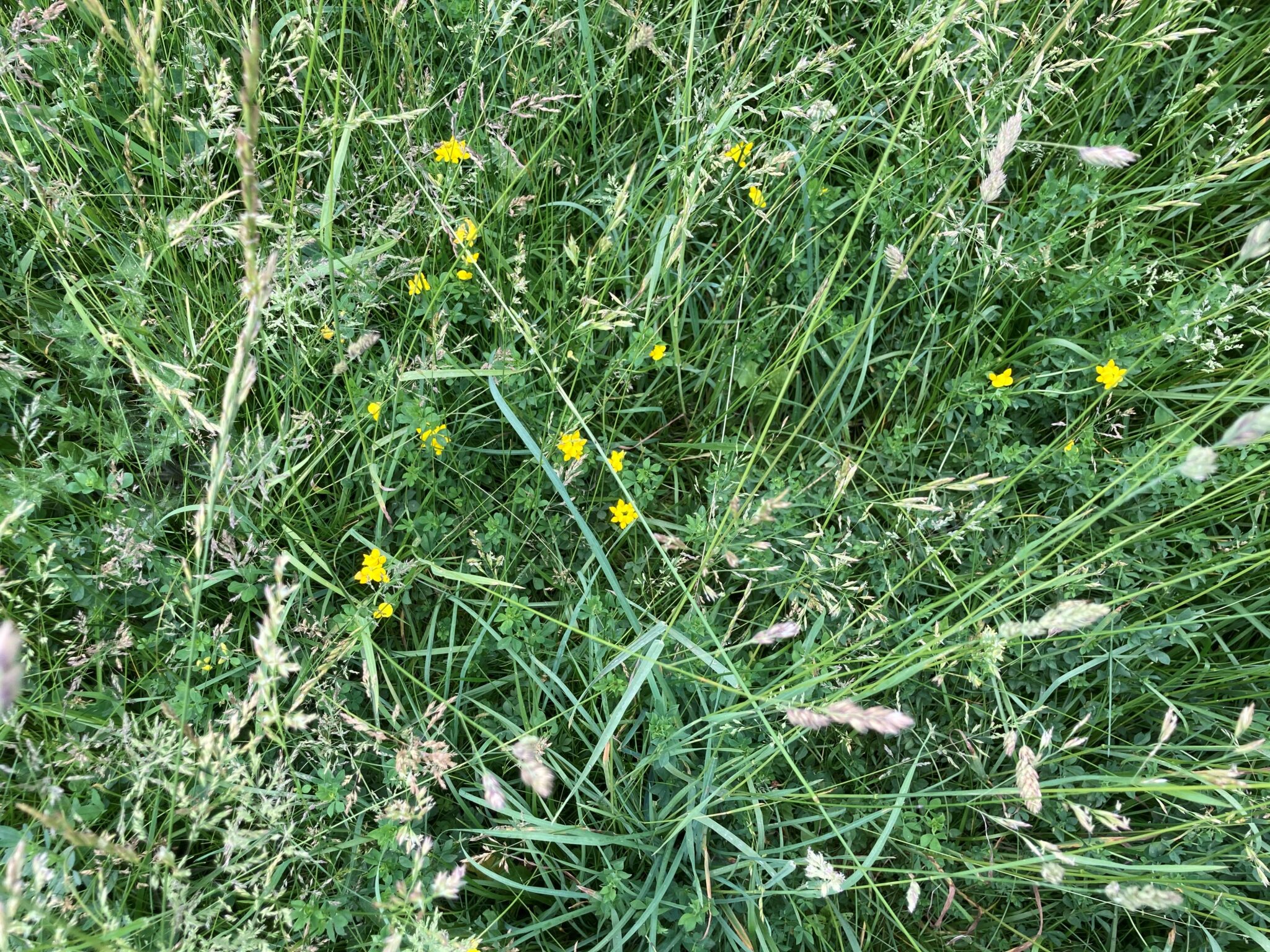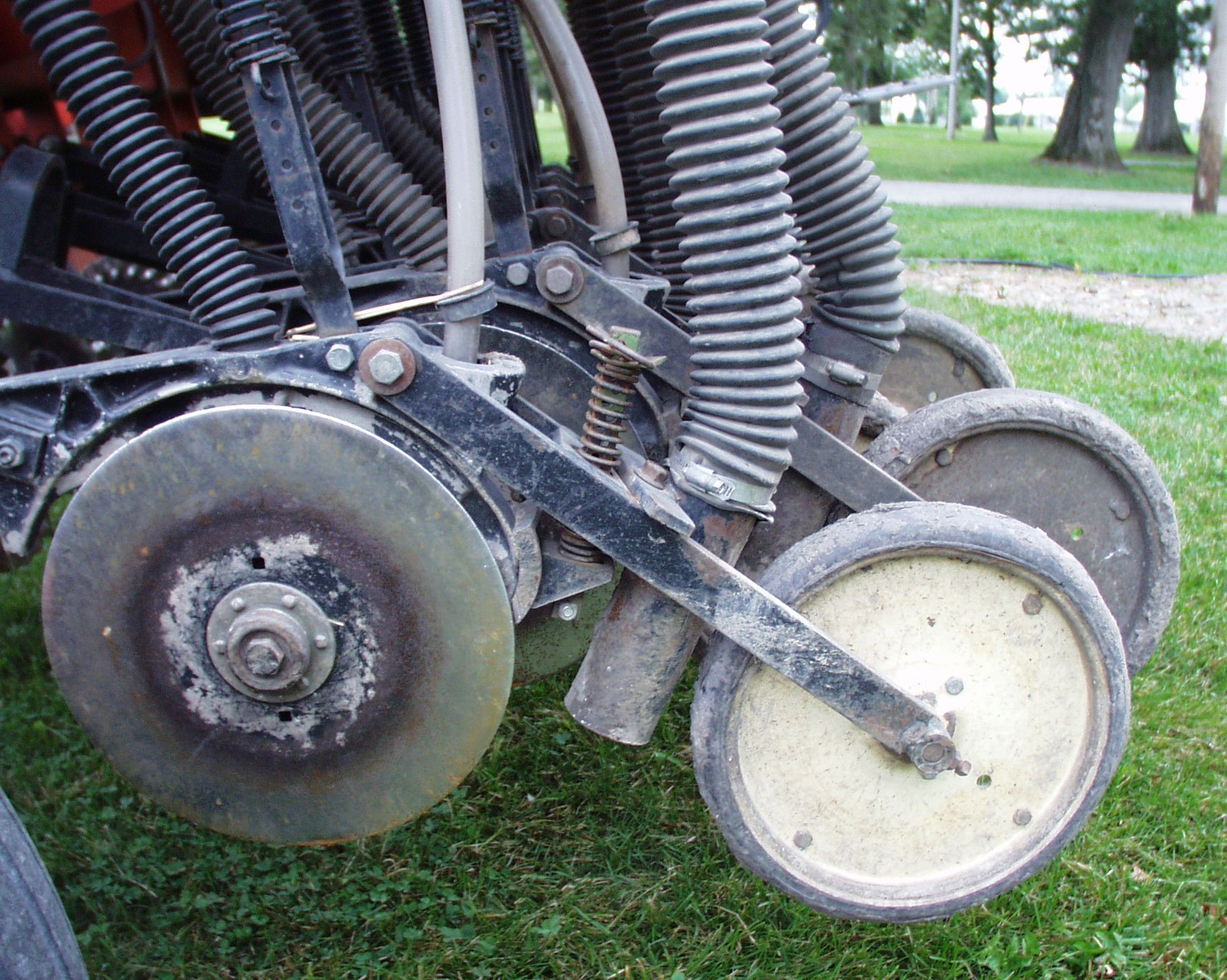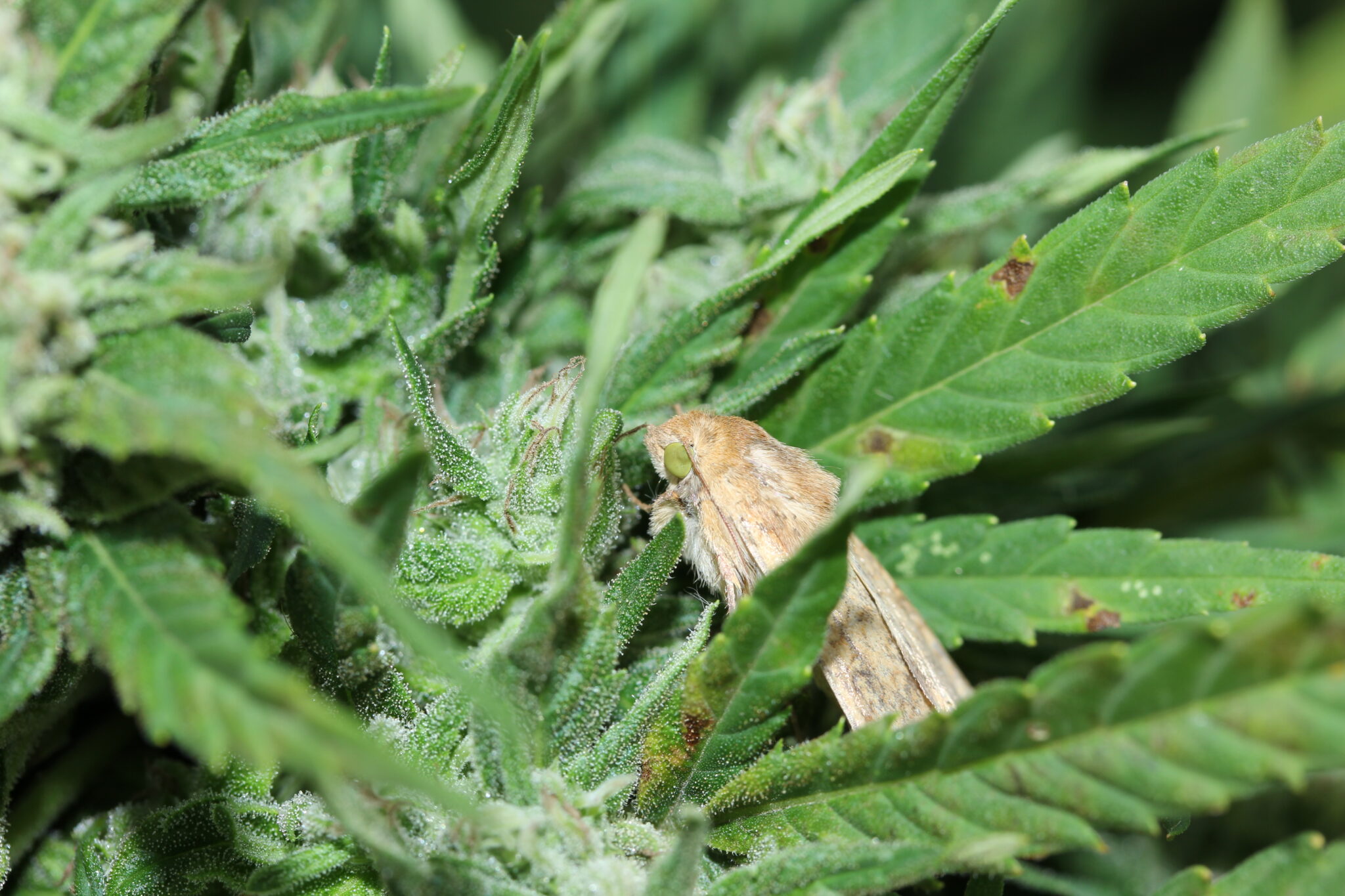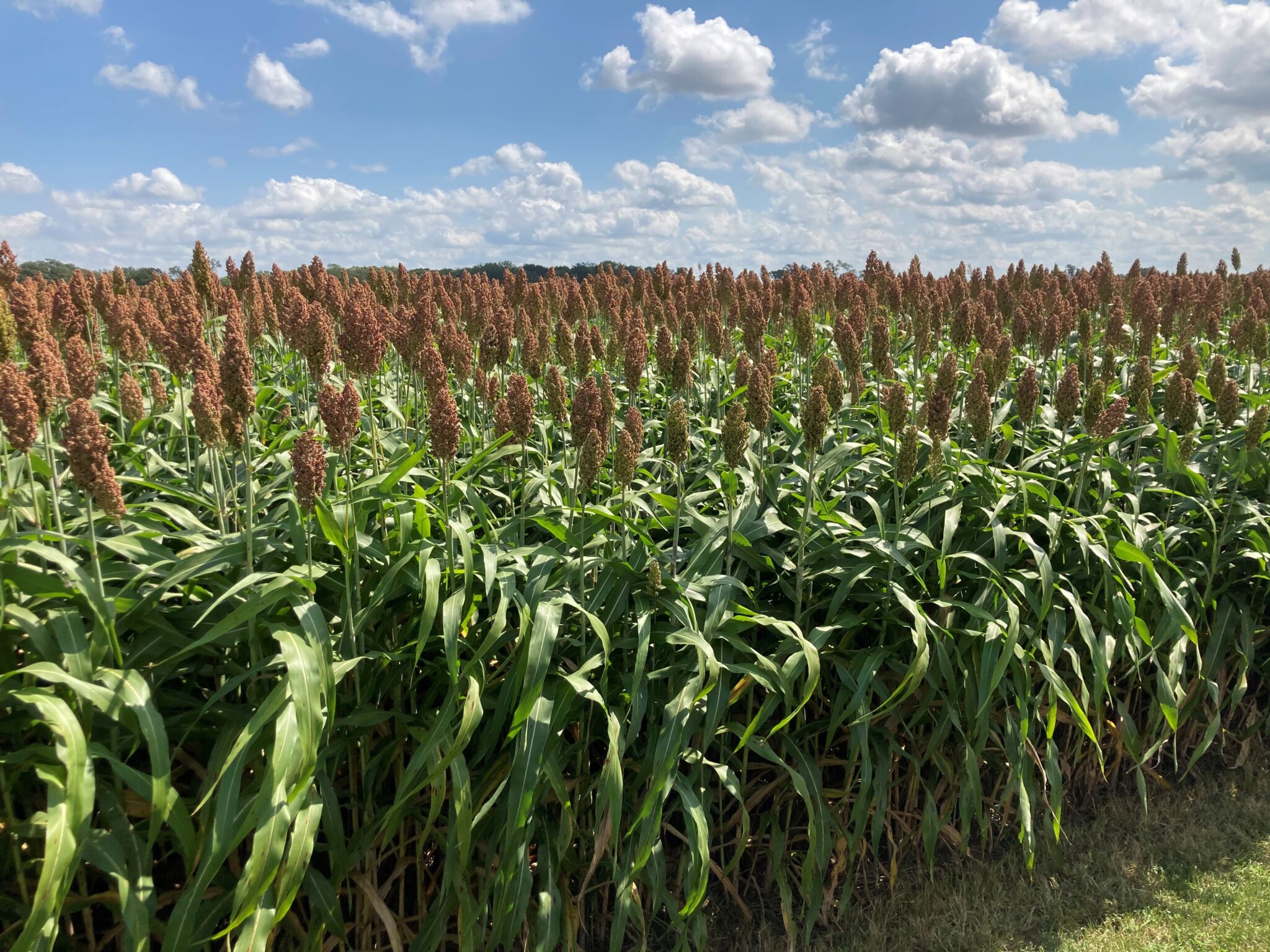
Perennial cool-season grass/legume pastures broke winter dormancy several weeks ago.

Perennial cool-season grass/legume pastures broke winter dormancy several weeks ago.
MULTI–YEAR SUMMARY OF CORN RESPONSE TO NITROGEN FERTILIZER This report summarizes corn yield response to fertilizer nitrogen (N) rate in field–scale trials conducted around the state of Indiana since 2006. These results are applicable to N management programs that use efficient methods and timings of N fertilizer application. The Agronomic Optimum N Rate (AONR) represents the total amount of fertilizer N (including starter N) required to maximize yield, but not necessarily profit. The AONR in these trials varied among regions of the state from about 211 to 254 lbs N / ac, depending partly on soil organic matter and soil drainage characteristics. At five Purdue Ag. Centers where we conducted paired trials of corn following soybean (corn/soy) and corn following corn (corn/corn) from 2007 to 2010, the average AONR for corn/corn was 44 lbs greater than for corn/soy while average corn/corn yields were 18 bu / ac less than the[Read More…]

Corn yield response to increasing nitrogen (N) rate follows the Law of Diminishing Returns – as higher and higher increments of N are applied, the increase in grain yield becomes smaller and smaller (Figure 1). Eventually, maximum yield occurs and applying more N does not increase yield any further.

Have you ever seeded a pasture or hay field and still have seed in the back of your pickup truck or trailer that was meant to be in the soil upon completion of the seeding?

Please join us for a six-part webinar series focused on integrated pest management in hemp!
From Commodity classic in New Orleans, the new Purdue Crop Chat podcast comes from the trade show floor with host Eric Pfeiffer and Purdue Extension soybean specialist Dr. Shaun Casteel and Extension Corn Specialist Dr. Dan Quinn.
As spring approaches and farmers and agronomists begin to get anxious as corn planting approaches, the question that often arrives each year is when is the best time to begin planting?
Corn yield response to increasing nitrogen (N) rate follows the Law of Diminishing Returns – as higher and higher increments of N are applied, the increase in grain yield becomes smaller and smaller (Figure 1). Eventually, maximum yield occurs and applying more N does not increase yield any further.
Purdue University Extension, in collaboration with the Indiana Forage Council, conducted a “Forage Forum Friday” webinar series that has many different topics related to forage crop production, utilization, and marketing.

Corn is an excellent silage crop. However, if corn harvested as silage has lost yield potential and forage quality the last several years because of tar spot, maybe an alternative to consider is forage sorghum.
© 2024 Purdue University | An equal access/equal opportunity university | Copyright Complaints | Maintained by Pest&Crop newsletter
If you have trouble accessing this page because of a disability, please contact Pest&Crop newsletter at luck@purdue.edu.